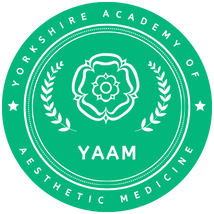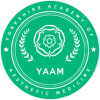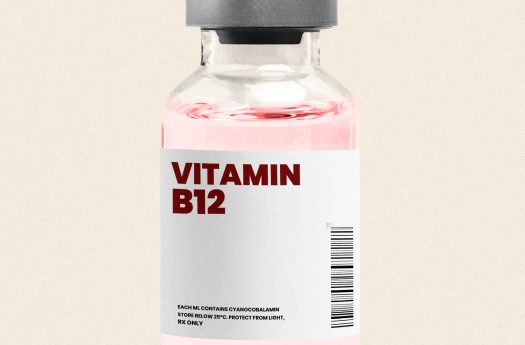Course Overview
Workplace (Health, Safety and Welfare) Regulations 1992
The Workplace (Health, Safety, and Welfare) Regulations 1992 cover a wide range of basic health, safety, and welfare issues and apply to most workplaces.
Under these regulations, an employer must comply with the following –
- Maintenance– the workplace and equipment must be maintained in good condition. Where appropriate, there must be a planned system of regular maintenance
- Ventilation – enclosed workplaces must be provided with fresh or purified air
- Temperature – a reasonable temperature must be maintained inside the building during working hours. Thermometers must be provided for staff to consult.
- Lighting – suitable and sufficient lighting must be provided. Natural light should be used where possible. Emergency lighting must also be provided where necessary
- Cleanliness – the workplace and equipment must be kept clean. Waste should not be allowed to accumulate (except in suitable receptacles)
- Space – room dimensions should provide sufficient floor area, height, and unoccupied space for the health safety, and welfare of the staff
- Workstations – workstations must be suitable for the workers who use them and the work that is done
- Seating – where work can be done sitting, suitable seating must be provided for each person doing that work
- Floors – floors should be suitable and not uneven, holed, or slippery. They should be kept free from obstruction or contamination likely to cause slipping. Staircases should normally have a hand-rail
- Falls – precautions should be taken to prevent people from falling or being struck by falling objects.
- Windows – transparent or translucent doors or walls must be made of safety material or protected against breakage and must be clearly marked. Opening windows must be safe to use. All windows and skylights must be designed to allow safe cleaning
- Traffic routes – design must allow safe circulation of pedestrians and vehicles and traffic routes should be clearly indicated
- Doors and gates – doors and gates must be suitably constructed. Devices should be fitted to keep sliding doors on their tracks, to prevent upward opening doors from falling back, and to ensure the safe operation of powered doors. Doors which can be pushed from either side should have panes to provide a clear view of the space around the door
- Escalators – escalators and moving walkways shall be safe in use, and fitted with necessary safety devices, including emergency stop controls
- Sanitary conveniences – suitable and sufficient toilets shall be provided at readily accessible places. They must be well-ventilated and lit and kept clean. A schedule to the Regulations specifies how many are needed, depending on the number of workers
- Washing facilities – washing facilities, including showers if needed, with hot and cold water, soap, and hygienic means of drying must be provided
- Drinking water – a supply of drinking water must be provided for all workers at readily accessible places
- Clothing – accommodation must be provided for storage of a person’s own clothing not worn at work, work clothing kept at the workplace, and for changing facilities
- Rest and meals – suitable rest facilities must be provided at conveniently accessible places. Arrangements must be made to protect non-smokers from discomfort from tobacco smoke in restrooms and rest areas. Pregnant women and nursing mothers must be given suitable facilities. Facilities for eating meals must be provided where meals are normally taken at work





admin
Sed ut perspiciatis unde omnis iste natus error sit voluptatem accusantium doloremque laudantium, totam rem aperiam.